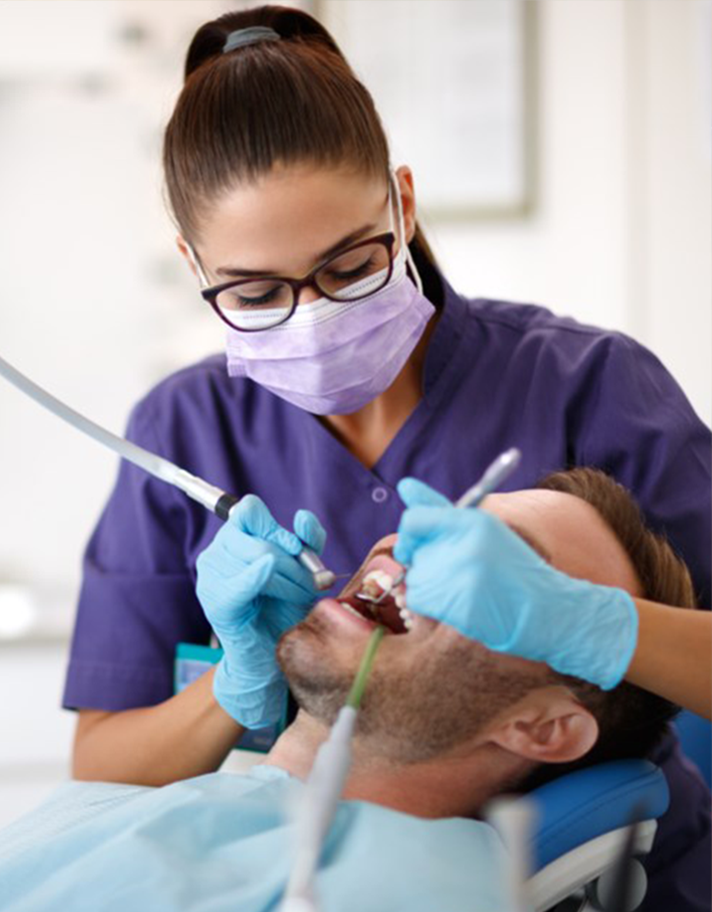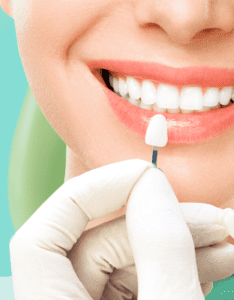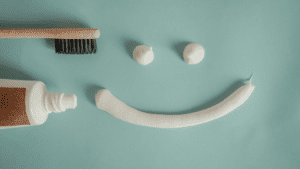Make Sure Your Current Dental Routine Is Serving You Well
Brushing
Most people probably don’t know that the American Dental Association (ADA) has very specific guidelines concerning oral health. Most people probably don’t know that the ADA exists, period. So here it is:
- Brush twice a day
- Use fluoride toothpaste
- Brush on a sweeping motion away from the gums
- Brush for two minutes
- Don’t rinse for 30 minutes after brushing
ADA approved toothpastes will have the official ADA stamp of approval on the back. There are some impostors out there, but approved products will all have the full Ada stamp. These products have all been submitted for ADA approval and have passed their rigorous testing.
ADA approved toothbrushes will all be soft bristled, in safe to use. Brushing the full 2 minutes ensures you’ve hit all surfaces thoroughly and have worked the food and bacteria off of the teeth and gums.
The toothpaste, specifically, will contain at least 1,000 parts per million of fluoride. Abstaining from rinsing for at least 30 minutes after brushing ensures that this fluoride does not get washed away. This active ingredient needs to be absorbed into your gums and teeth fully for it to be effective.
Flossing
Flossing works. It’s been proven. But we still don’t like to do it. Flossing can reduce your risk for cavities by up to 40%. 40% is also the amount of tooth surface area you’re ignoring if you do not floss.
The reason flossing is so helpful is because hit helps scrape away plaque and food from in between your teeth – an area your toothbrush cannot reach.
Floss has also been shown to be more effective in removing bacteria from between your teeth then mouthwash.
Hygiene Products
Toothpaste is not the only product to hold the ADA stamp of approval. in fact, all in dental hygiene and oral care products are eligible to be submitted for and hold this certification.
Be wary of products with wild claims or unfamiliar active ingredients. If there is no ADA seal, these claims are untested by a reputable source. They may cause more bad than good.
Reduce Stress
Reducing stress to improve oral health may seem like a stretch, but there is a very strong relationship between the two.
Emotional and psychological stress can lead to physical symptoms like nausea, anxiety, or headaches, but It can also lead to jaw and tooth pain resulting from grinding and clenching. You may not even know this is happening as most people experience these symptoms during sleep.
We all know stress eating-happens. Well, aside from the physiological damage that can cause, the increased intake of sugar, carbohydrates, and fats doesn’t number on our enamel.
Stress is also a known leading cause of cold sore outbreaks. Your immune system is weaker when you are experiencing stress. This lack of immune support lets other viruses present in your body take over. It’s not just cold sores. People also experience outbreaks of eczema and hives during periods of high stress.
Maintain Regular Checkups
You should be seeing your dental hygienist and dentist for a cleaning and oral exam every six months. This gives our professionals enough time to catch any problems before they’ve caused irreparable damage. if it has been over six months since you’ve had a cleaning or exam, give Murfreesboro Family Dentistry a call now. We’ll set up a no-stress consultation.





